India's Biggest Cars
The Maruti 800 and the Tata Nano might be small in size, but they are the two most important cars for India. Did the Maruti 800 give you more value for your money in 1983 or is the 2009 Nano a better deal?
Published On Dec 16, 2009 08:00:00 AM
15,130 Views
Follow us onSachin was 10 years old when Kapil Dev and his merry men lifted the Prudential World Cup and brought it home. After decades, Indians suddenly felt that they could beat the world. Later that year Harpal Singh was handed the keys of a brand- new Maruti 800 by prime minister Indira Gandhi. Sachin wanted the car, but what he wanted more was the cap of the Indian cricket team. The year was 1983. Today, 26 years later, Sachin Tendulkar has fulfilled his dream and is regarded as the world’s top batsman. Along the way he also fulfilled his dream of the Maruti 800. As he told Autocar India in January 2002, “My first car was a Maruti 800 – the old-shape one”.
Back in 1983, a certain Mr Tata too felt India could beat the world. He was planning to take on the might of the superior Japanese technology. The light commercial vehicle segment was dominated by four large Japanese manufacturers. In 1985, Telco launched the Tata 407, a completely indigenously developed LCV, to take on the technically superior Japanese products. The 407 immediately captured 70 percent of the market, leaving the Japanese scrambling for the rest. This would be the first tiny step that would eventually culminate in a car that, 26 years later, would make front-page news in every country in the world — the Tata Nano.
INDIA’S FIRST MODERN CAR FOR THE MASSES
Looking back, the Maruti 800 is perhaps the most important car of our times since shortly after Independence, Indians had to make do with antiquated and poor-quality cars. The Maruti 800 was India’s first whiff of modern car technology. Under the hood was a 796cc in-line three-cylinder engine that was both peppy and frugal. It had a monocoque chassis, overhead cams and disc brakes. And you didn’t have to fill the radiator with water every morning! It was cheap, it was reliable, it was nimble and it was fun to drive. An increasing number of women took to the wheel for the first time, thanks to this little car.
Owners put the car to all kinds of use, but the Maruti 800 just took everything in its stride and soldiered on. The little car was originally designed for the European and Japanese markets, but here it was happily doing duty in India’s hinterland, crammed with people with their luggage on the roof rack! Little wonder then that for years the Maruti 800 remained the largest-selling car in India. Today, the numbers may have dropped yet it still continues to sell. But its days might be over. Its spiritual successor, the Tata Nano is here.
THE NEW STAR
The Nano is the new status symbol. Stop anywhere and crowds will gather. They want to touch it, see it, sit in it and even ask to drive it. School children will wave out to you on the street and shout “Nano! Nano!” Old ladies, who can’t tell one car from the other, will quiz you about the car. Men in Audis will stop to check out a car that costs a little more than two Audi side mirrors. Funny, how a mass car has become the new status symbol.
Early owners are guaranteed celebrity treatment. Your face will be on a thousand mobile phones. And yours will be the final word. So enjoy it till the Sanand plant goes full steam, and the common man’s car becomes common. Why does the Nano catch more eyeballs per kilometre than even the Ferraris did on their Magic Tour of India? The reason is not too hard to see. The Nano is a car that the common man can aspire to own. The 800 too had received a similar welcome. In 1983 there were queues outside Indian Oil petrol pumps where the 800s were first displayed, for the very same reason.
A COMPARO, 26 YEARS IN THE MAKING
Twenty-six years separate the two cars. Let’s see if the Nano gives you more bang for your buck in 2009 than the 800 did in 1983? Or did the 800 in 1983 offer more value for your rupee? Let’s look at the facts.
The M800’s 796cc engine develops 39bhp. The Nano’s 624cc engine develops a near-identical 35bhp.The 800 has a three-cylinder motor, the Nano uses two. Both use two valves per cylinder driven by a single overhead cam. Though both cars generate about the same power, the 800 is quicker and peppier. The Nano takes 9.1 seconds to get to 60kph. The 800 reaches there a second faster. The gap widens at 80kph and 100kph. After you bury the accelerator to the floor, you have to wait nearly half a minute to see 100kph on the speedo. The 800 is nearly four seconds faster. But that doesn’t really matter.
The Nano is designed for the narrow, crowded streets of small town India. For broken village roads. And crush-hour traffic. Despite the lack of grunt, it does the job brilliantly. Keep the engine on the boil, and the little car will jaunt along happily. Plus, the car literally turns on a dime. Adequate power, extremely nimble, just what you need. The peppier 800 has no advantage here. So this one is a tie.
MAKING YOU FEEL GOOD
Place the two cars side to side and you will be surprised at how much smaller the 800 really is. The Nano dwarfs the 800. Jump from the 800 into the Nano and you feel as if you can stop holding your breath now. The Nano can seat five people comfortably. The 800 squeezes in four. You sit higher in the Nano. In the 800, you are looking at the underside of trucks. Hop into the 800 after spending time in the Nano and you will discover two important things. The 800 suddenly feels so much more claustrophobic. And its small dimensions make you feel more vulnerable on the road. The Nano is the big winner here.
Let’s look at the feel-good factor. Back in 1983, when you sat in the 800 after being used to Ambys and Padminis, the cabin felt upmarket and of high quality. The Nano’s cabin does not give you the same feeling. It feels crude. You could argue that one can’t quibble about it because of the Nano’s price, and you will be right. It’s also right that the plastic parts and other bits like switches, knobs and beadings in the Nano are far better than the 800. But the point here is that in 1983, when you bought an 800 you felt you were getting a top-quality product. Today even owners of motorcycles that cost Rs 40,000 are used to a certain level of fit and finish. In 2009 when you buy a Nano, you are ready to live with the compromise. So the 800 scores here.
When the 800 was launched, automotive soothsayers and sages had predicted that if the 800 didn’t kill its passengers on hitting a dog they would eat their words. This was before the Indian consumer knew about crumple zones (which the 800 had) and seatbelts (which it didn’t). The critics had to eat their words. Safety concerns were also raised about the Nano. It comes with seatbelts. And more importantly, it has passed the European crash test at MIRA. So both score equally on adequate safety at the time of launch.
Now let’s talk comfort. Comfort is a function of space and suspension. As we already know, the Nano beats the 800 on space. That’s half the battle won. What seals this in the Nano’s favour is that the old 800 came with leaf springs in the rear. The Nano’s independent suspension provides a better ride. This, along with the car’s massive 180mm ground clearance, means that the Nano handles rough roads, potholes and ditches with an aplomb few other hatchbacks can match.
Now here is the true Autocar India test. Which one of these two is more fun to drive? The first time you drive the Nano you will bounce off the redline in the first two gears, but you quickly learn to stay in the engine’s mid-range. Since it’s a rear-engined, rear-wheel-drive car, the engineers have given it narrow tyres in the front, and wider ones at the rear to dial in understeer.
So if you want to play boy-racer and want the tail to step out, you will be disappointed. Corner hard and there will be a lot of body roll but like in a double-decker you never fear that you are going to keel over. On the other hand when the 800 was launched in 1983, it caught the imagination of enthusiastic drivers who till then had to make good by modifying their Padminis.
MONEY TALKS
So which car gives the customer more value for money? The M800 cost Rs 48,000 when it was launched. And the price of petrol was about Rs 6.20 per litre. So the cost of a Maruti 800 equaled 7,741 litres of petrol. Today the price of petrol hovers around the Rs 48 mark.
If the cost of a Tata Nano too equaled 7,741 litres of petrol, the price would be Rs 3.7 lakh. But the top-line Nano costs just over two lakh. So the Tata Nano gives you more bang for your buck. And while on the topic, it also gives you a better mileage than the 800.
In 1908, Henry Ford slashed the entry cost of car ownership and brought the car to the masses. It took a hundred years, and an Indian company to do it again.
| TATA NANO | MARUTI 800 | |
| Length | 3099mm | 3290mm |
| Width | 1495mm | 1425mm |
| Height | 1652mm | 1355mm |
| Wheelbase | 2230mm | 2150mm |
| Track (f/r) | 1325/1315mm | 1225/1180mm |
| Kerb weight | 600kg | 610kg |
| Engine | 2-cyls in-line 624cc, petrol | 3-cyls in-line, 796cc, petrol |
| Installation | Rear, transverse | Front, transverse |
| Power | 35bhp at 5250rpm | 39bhp at 5000rpm |
| Torque | 4.9kgm at 2500-4000rpm | 5.7kgm at 2500rpm |
| Bore/stroke | 73.5/73.5mm | 68.5/72.0mm |
| Compression ratio | 9.7:1 | 8.7:1 |
| Gearbox | 4-speed, manual | 4-speed, manual |
| Brakes (f/r) | Drums (f), drums (r) | Discs (f), drums (r) |
Copyright (c) Autocar India. All rights reserved.

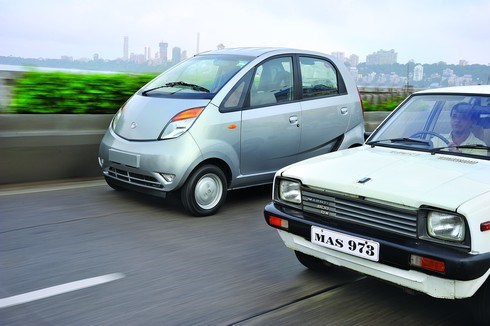


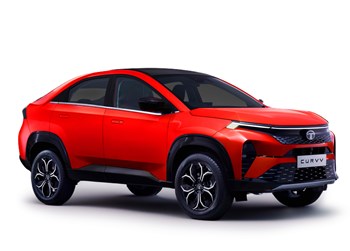
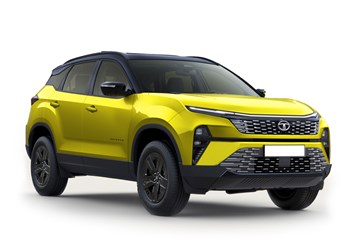
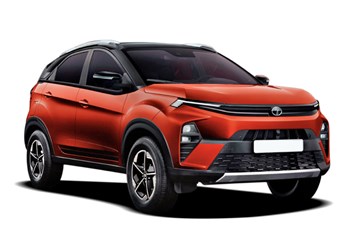

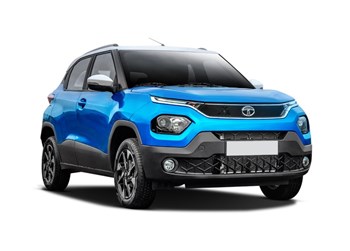

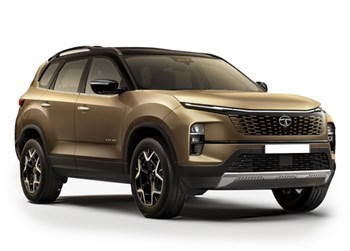

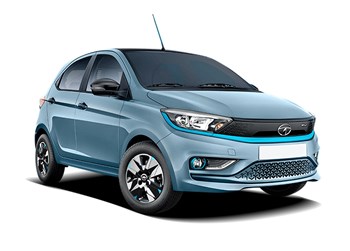

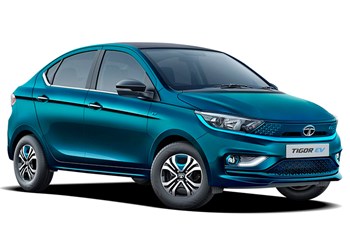


Comments
Member Login
Personal Details
No comments yet. Be the first to comment.